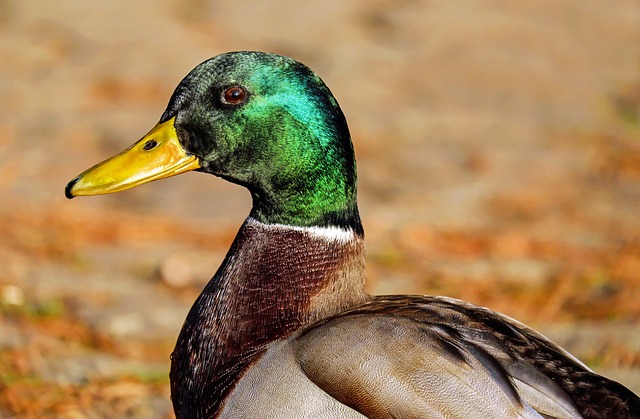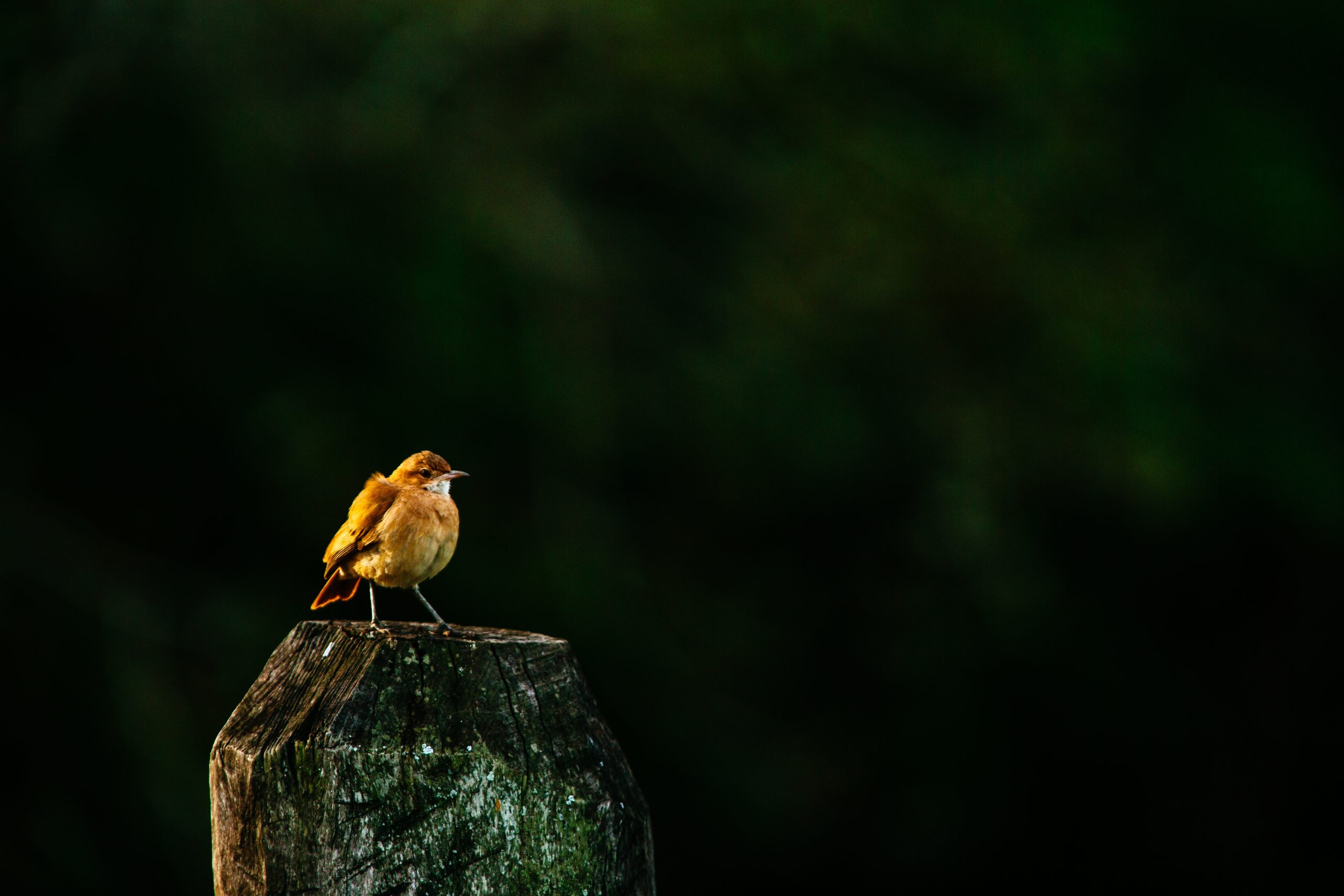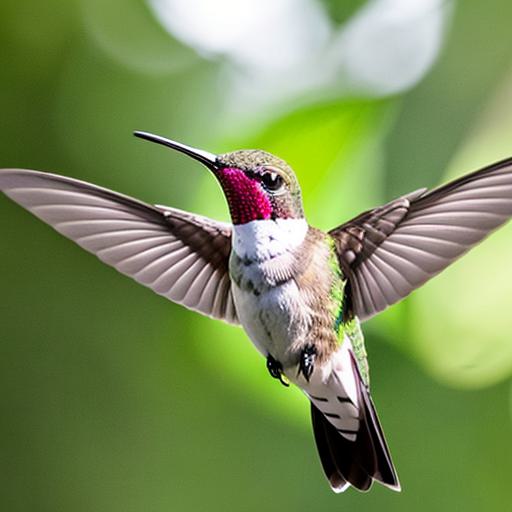Many species of vibrant red-chested songbirds can be spotted across the state of Georgia during annual migration cycles or breeding seasons. Backyard birders take delight when these scarlet-feathered beauties visit feeders and gardens seeking abundant seeds or fruit. Read below for how to identify frequent red-breasted avian visitors in Georgia along with tips attracting sightings.
Common Red-Breasted Bird Species in Georgia
The three most widespread birds bearing ruby red feathers visible on their chests and bellies sighted yearly statewide are:
Northern Cardinal
Perhaps the most familiar backyard bird year-round. Male’s bright red crests/faces stand out against drabber females.
Scarlet Tanager
Brilliant completely red males flutter treetops during summer migrations while yellow-green mates blend in.
American Robin
Rusty orange breasts distinguish themselves from grayer overall plumage on these common Georgia ground foragers.
See their key identification traits compared:
| Species | Size | Plumage | Behaviors |
|---|---|---|---|
| Northern Cardinal | 8-9 inches | Red face/crest/chest | Backyard feeders/nests |
| Scarlet Tanager | 6-7 inches | Fully red males | Treetop canopies |
| American Robin | 10 inches | Orange breast only | Lawns/gardens |
Ideal Habitats Spotting Red-Breasted Species
American Robins spanning lawns and Northern Cardinals flanking backyards appear nearly everywhere statewide that food exists. But targeting these key seasonal hotspots boosts sighting scarcer Scarlet Tanagers especially:
Summer Forest Canopies
Scarlet Tanagers nest only Georgia’s remote mature oak and hickory uplands away from urbanization from May-August. Spot their flashiest plumage here.
Backyards Near Wetlands
Spring/Fall migrations bring all species scavenging berries and insects at backyard habitat oases offering plentiful cover and feeders.
State Parks
Hotspot maps reveal favored state parks like George L. Smith and Don Carter attract hundreds of ruby Visitors enjoying ample old-growth trees in one location during busy migration turnover weeks.
Tips Attracting Red-Breasted Birds to Feeders/Gardens
Use the following proven methods to better chances seeing brightly colored avian gems:
Offer Preferred Treats
Black oil sunflower seeds entice cardinals and tanagers while robins seek mealworms and berry piles to fuel up eating voraciously.
Feature Native Plants
Foraging insects and fruits around serviceberry, elderberry or holly bushes give desirable pitstop nutrition migrating birds capitalize upon in each yard.
Install Birdbaths
Water sources provide key hydration and cooling/preening spots to extend stays delighting observers anxious for their next vivid sighting all season long!
Follow this blueprint to enjoy a feathery ruby spectacle courtesy of beautiful small-scale visitors stopping by. Soon neighborhood trees may burst with the fruits of preparation labor through vibrant red sightings abound!
Conclusion
Georgia’s varied ecosystems from mountains down through coastal plains host some of the most incredible neon red-feathered bird species found anywhere regionally. Assemble the right habitats bundled with plentiful food/water sources using helpful tips above to maximize sightings of backyard cardinal couples, bouncing robins and traveling scarlet tanagers statewide year after year. Soon one’s own landscape may transform into a renowned hotspot other birders envy to admire ruby-clad birds in their finest glory!
Frequently Asked Questions
What other red birds may I spot rarely in Georgia?
Summer Tanagers, Painted Buntings, Vermilion Flycatchers and Lazuli Buntings occasionally feature pops of red plumage when spotted statewide.
How do male and female red birds differ visually?
Females demonstrate more olive body tones with little to no ruby red feathers like ultra-vivid masculine counterparts in all common species.
Do any red birds remain year-round?
Yes – Northern Cardinals maintain permanent breeding pairs defending backyard territories through every season once established initially.
Are red bird populations declining locally?
Fortunately no – robust conservation efforts specifically targeting species like Scarlet Tanagers and Painted Buntings aim stabilize dwindling trends for vital breeding security.
What risks most threaten red colored bird varieties?
Habitat loss and climate warming severely jeopardize migratory species like Scarlet Tanagers dependent upon extensive intact mature upland forests across the Eastern U.S. and Appalachian ranges.



